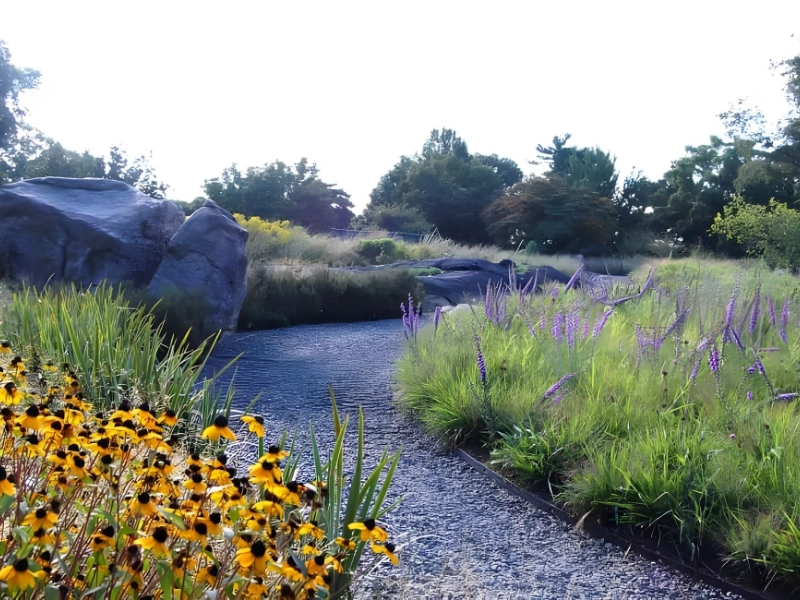
Benefits of Using Native Plants in Your Garden Materials Required: None
Cost of Production: N/A
Overview:
Native plants, or local plants, are species that have adapted to the specific environmental conditions of a region. They are more likely to thrive compared to non-native species, making them an excellent choice for successful gardening.
Advantages of Native Plants: Adaptation to Local Conditions:
Native plants are acclimated to the local climate, soil, and pests, resulting in a higher survival rate and lower maintenance needs. Biodiversity Support:
Planting native species helps support local wildlife, including pollinators like bees and butterflies, contributing to a healthier ecosystem. Water Efficiency:
Native plants typically require less water once established, making them more sustainable and cost-effective in the long run. How to Find Native Plants: Online Resources:
Explore platforms like Yardzen and Pinterest for inspiration and ideas on native plants suitable for your garden. Plant Databases:
Utilize databases such as the Wildflower Center database or the NWF Plant Finder to identify native species specific to your area. Local Nurseries and Societies:
Check with local nurseries that specialize in native plants or connect with local plant societies for recommendations and resources. Books and Libraries:
Visit your local library or bookstore to find plant guides focused on native species in your region. Conclusion: Incorporating native plants into your garden is a smart choice that promotes ecological balance and enhances the likelihood of a thriving garden. By utilizing available resources, you can discover the best local plants to create a beautiful and sustainable landscape.